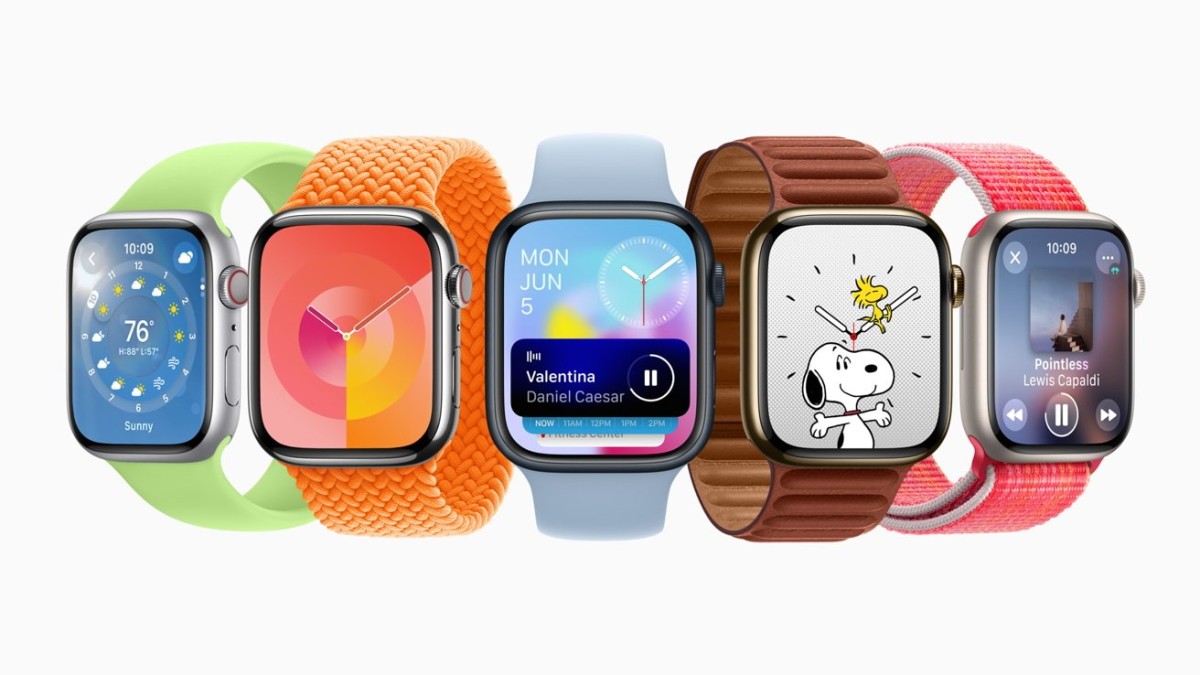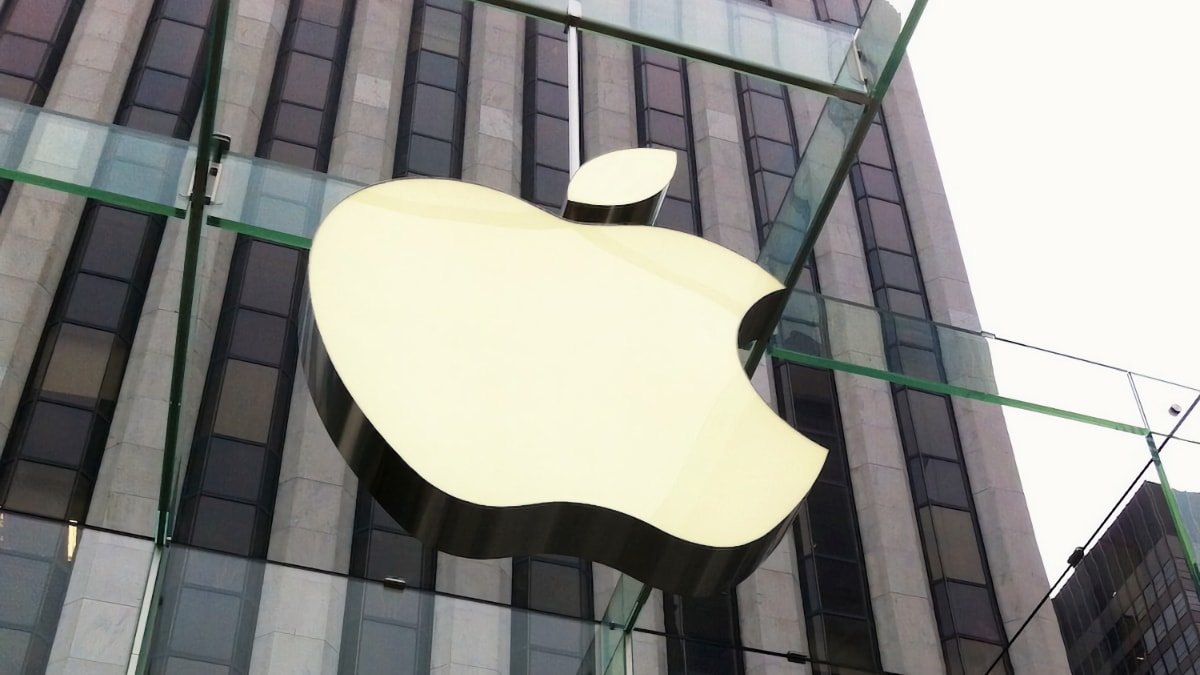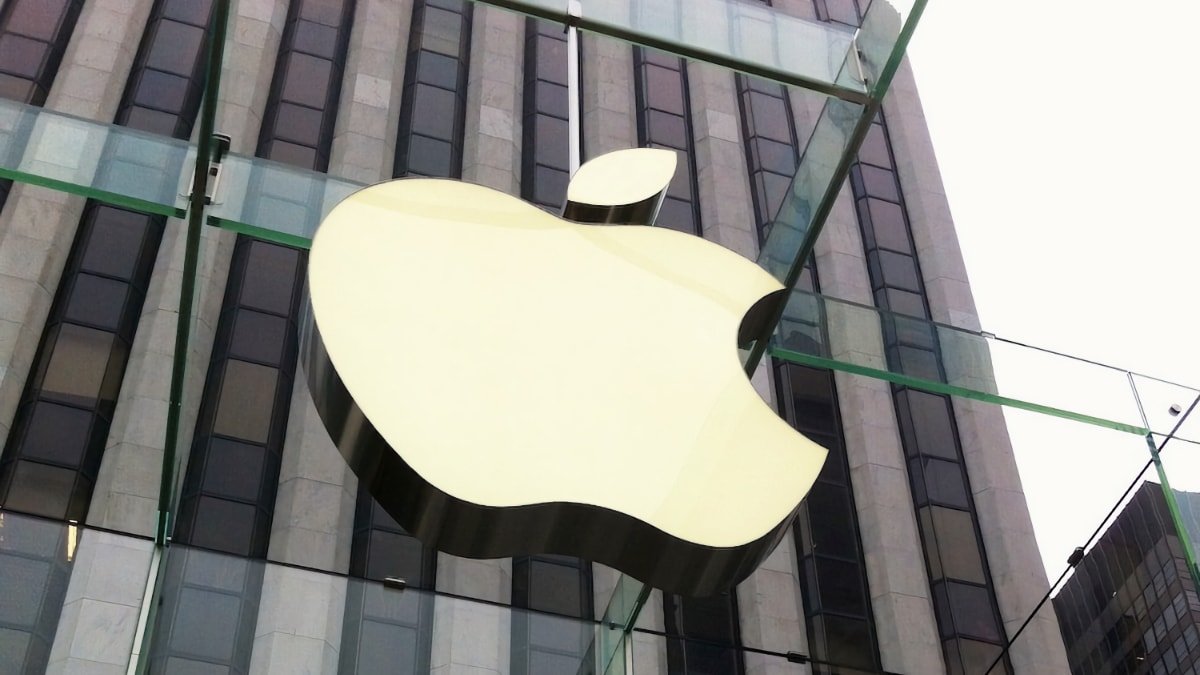In a significant move, Apple has released the second developer beta of iOS 17.5, marking a new phase in app distribution within the European Union. This update includes Apple's pioneering Web Distribution system, allowing developers to distribute iOS apps directly to EU iPhones through their own websites, bypassing traditional app stores.
The latest beta builds are available for several Apple operating systems, including iOS 17.5, iPadOS 17.5, tvOS 17.5, watchOS 10.5, and macOS Sonoma 14.5, following their initial release on April 2. Developers can download the new versions from the Apple Developer Center or update directly from devices already running the previous betas.
The new iOS 17.5 and iPadOS 17.5 betas carry the build number 21F5058e, updating from the prior 21F5048f, while the latest builds for tvOS 17.5 and HomePod Software 17.5 are listed as 21L5553e. The second beta of watchOS 10.5 and macOS Sonoma 14.5 also sees new build numbers, advancing the development with enhanced features and fixes.
One notable introduction in iOS 17.5 is the fix of an unexpected bug from iOS 1.4.1 where typing "Jerusalem" in iMessage auto-suggested the Palestinian flag. This has been addressed in the latest beta, aligning with ongoing software refinements.
The second release candidate updates for macOS Ventura 13.6.7 and macOS Monterey 12.7.5 are also out, signaling ongoing improvements across Apple's software range.
Apple emphasizes that the new Web Distribution feature will require apps to be notarized and installed from domains registered in App Store Connect, ensuring safety and compliance.
As always, Apple and tech experts like AppleInsider advise against installing beta software on primary or mission-critical devices due to potential risks, including data loss. They recommend using secondary or non-essential hardware for testing and ensuring backups of essential data.






